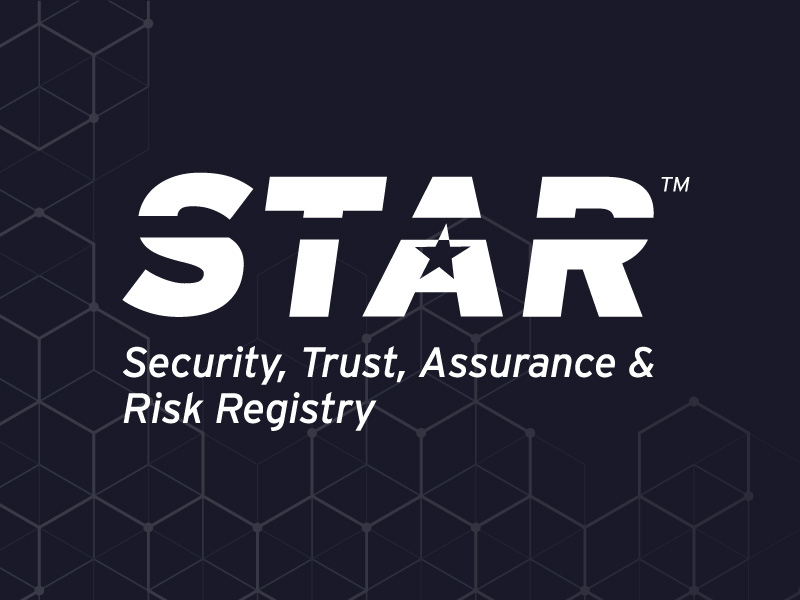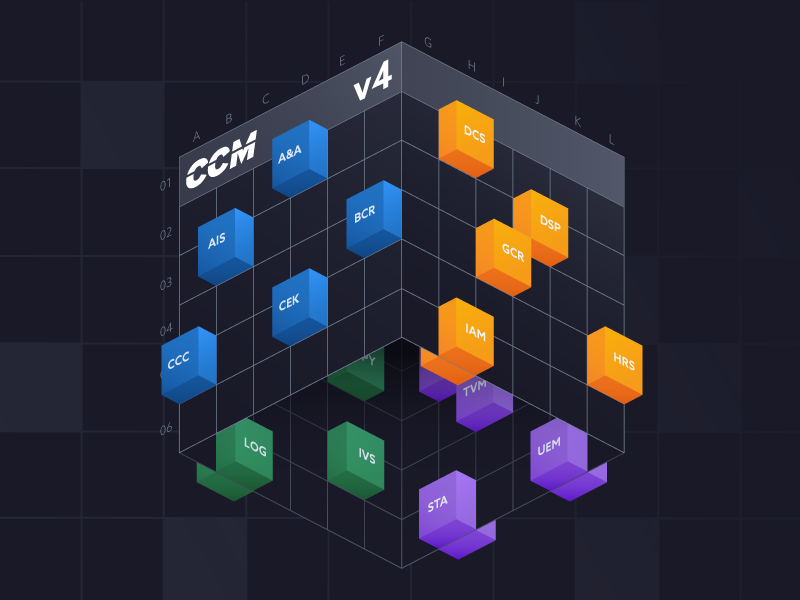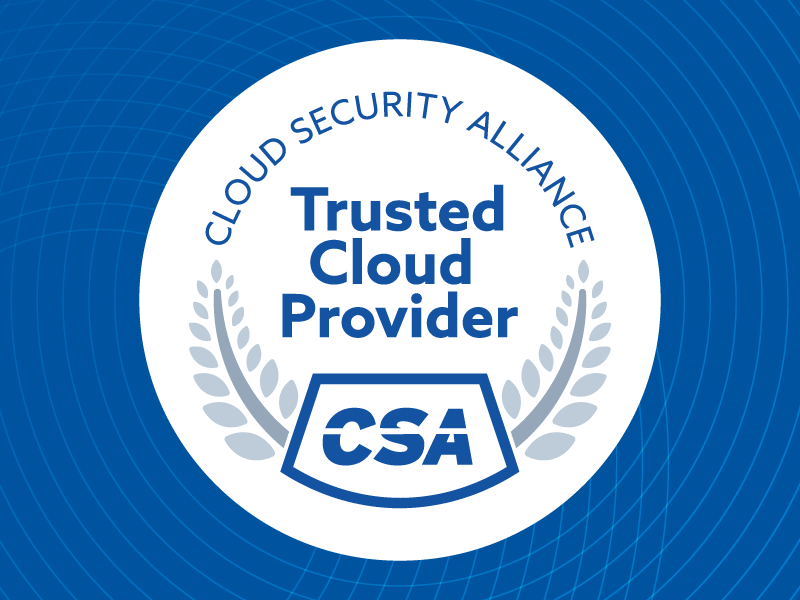How to Improve Risk Management with an Application Fabric
Published 10/21/2025
With enterprise applications increasingly distributed across on-premises data centers, cloud environments, and SaaS platforms, this fragmentation makes it difficult to secure access, govern usage, and manage compliance. As the application footprint grows, so does risk.
For example, mergers and acquisitions can instantly expand an organization’s application portfolio by thousands, overwhelming security teams tasked with inventorying and securing these assets. Shadow IT—applications deployed without IT oversight—further compounds the challenge. In many cases, organizations don’t even know how many applications they have, let alone who has access to them.
This lack of visibility not only makes it difficult to secure applications but also increases the risk of data leakage, unauthorized access, and compliance violations. To address these challenges, many organizations are turning to a new approach: the Application Fabric.
What is an Application Fabric?
An Application Fabric provides a centralized framework to manage, govern, and secure applications at scale. Similar to how an Identity Fabric connects and governs identity systems, an Application Fabric creates an abstraction layer that enables visibility, governance, and risk management for applications across diverse platforms and identity providers (IDPs).
Key to its functionality is the ability to continuously discover and inventory applications, classify them based on criticality and risk, and enforce ownership and delegated administration. This centralized approach enables enterprises to overcome fragmentation by applying consistent policies for access, authentication, and auditing across their entire application portfolio.
For instance, when an organization acquires a company with a different IT stack, an Application Fabric allows new applications to be governed consistently, without overhauling either environment. Similarly, continuous discovery ensures that changes in application inventories—whether due to new deployments or business restructuring—are quickly accounted for, reducing risk.
Addressing Application Risks
Without a centralized framework, it’s challenging to understand which applications exist, where sensitive data resides, or how access is controlled. These gaps lead to several risks:
- Visibility Gaps: Organizations often lack a complete inventory of their applications, resulting in security blind spots and unmanaged risks.
- Fragmented Governance: Compliance requirements vary across jurisdictions and platforms, making it difficult to enforce consistent policies and demonstrate compliance.
- Authentication Weaknesses: Insecure methods like passwords, or inconsistent enforcement of access controls, leave organizations vulnerable to attacks.
- Evolving Ecosystems: Mergers, acquisitions, and rapid application deployments frequently outpace risk assessments and governance efforts.
An Application Fabric addresses these challenges by creating a unified repository of application data and enabling consistent governance across the enterprise. Continuous discovery tools automatically inventory applications across on-premises and cloud environments, providing up-to-date insights into authentication methods, risk profiles, and access controls. Centralized reporting simplifies compliance, while actionable insights help organizations prioritize improvements, such as replacing weak authentication methods or closing access control gaps.
Additionally, delegated administration and role-based access controls (RBAC) streamline operations by assigning clear ownership and responsibilities. This not only supports privacy and least-privilege principles but also reduces the manual effort required to manage applications at scale. With its integration capabilities, an Application Fabric ensures organizations can quickly adapt to change, whether onboarding new applications during a merger or transitioning between identity providers.
By consolidating fragmented portfolios and applying consistent governance, an Application Fabric reduces risk exposure, enhances compliance, and boosts operational efficiency—all while supporting business agility. Whether mitigating risks from shadow IT or ensuring smoother post-merger integrations, the Application Fabric provides the tools organizations need to safeguard their operations in a rapidly evolving digital landscape.
An Application Fabric’s effectiveness is amplified when integrated with identity orchestration. This integration dynamically enforces access and authentication policies, connecting identities in IDPs to the applications they access. Identity orchestration also bridges legacy systems with modern platforms, ensuring seamless interoperability and consistent governance.
In addition, identity orchestration can unify access to applications that rely on outdated protocols, such as Kerberos, with those using modern standards like SAML or OIDC. This abstraction layer simplifies migrations, reduces risk, and ensures uninterrupted access for users.
Deploying an Application Fabric
Implementing an Application Fabric involves several strategic steps:
- Discover: Automated tools inventory applications on cloud platforms and IDPs, ensuring comprehensive visibility.
- Classify and Organize: Applications are categorized based on mission criticality and risk, with clear tags for governance.
- Manage and Govern: Policies are applied to maintain consistent access control, authentication strength, and ownership structures.
- Analyze and Adapt: Reporting tools monitor application health, assess compliance, and identify areas for improvement. Continuous discovery ensures changes in the application landscape are quickly addressed.
What sets an Application Fabric apart is its ability to unify diverse applications under a single governance framework. The “fabric” exposes how identity patterns—such as SAML, OIDC, and proxy-based authentication—are consistently applied across all applications and platforms. Applications are classified by mission criticality, risk score, and ownership to ensure clear accountability and segregation of duties. With continuous discovery, the Application Fabric keeps pace with an organization’s ever-evolving application ecosystem.
By integrating seamlessly with an Identity Fabric through orchestration, the Application Fabric ensures a comprehensive approach to identity-centric governance and risk management. It provides enterprises with the agility to adapt to business changes, the resilience to manage complex ecosystems, and the confidence to demonstrate compliance in a dynamic regulatory environment.
About the Author
**Eric Olden** is a serial entrepreneur and thought leader in identity and access management. He is currently the Co-founder, Chairman & CEO of **Strata Identity**, which provides an identity orchestration platform designed to allow organizations to integrate, normalize, and manage multiple cloud identity systems (both modern and legacy) without rewriting applications. Prior to Strata, Olden founded **Securant Technologies** (later ClearTrust), which delivered one of the earliest single sign-on (SSO) solutions for web applications; and **Symplified**, among the first Identity-as-a-Service (IDaaS) companies. He also served as Senior Vice President & General Manager at Oracle, overseeing identity and security offerings globally. He co-authored the SAML federation standard—key for enabling users to move between secure sites without re-authenticating. More recently – through Strata’s platform (called “Maverics”) – he has led the development of identity orchestration solutions for enterprises operating in multi-cloud, hybrid, and legacy environments. Outside of work, he enjoys activities like mountain biking, skiing, and landscape architecture.

Unlock Cloud Security Insights
Subscribe to our newsletter for the latest expert trends and updates
Related Articles:
AAGATE: A NIST AI RMF-Aligned Governance Platform for Agentic AI
Published: 12/22/2025
Is Cloud-Native Key Management Right for You?
Published: 12/19/2025
Agentic AI Security: New Dynamics, Trusted Foundations
Published: 12/18/2025





.png)
.jpeg)
.jpeg)
.jpeg)
.jpeg)